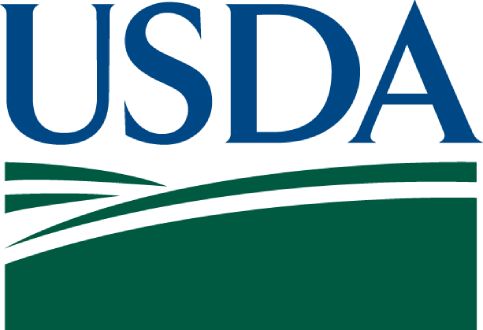Reaching Those in Need: Estimates of State Supplemental Nutrition Assistance Program Participation Rates in 2018
Download
Associated Project
Using Microsimulation in Supplemental Nutrition Assistance Program (SNAP) Policy Analysis
Prepared for:
U.S. Department of Agriculture, Food and Nutrition Service
Clients

Key Findings
- An estimated 82 percent of eligible people received SNAP benefits in fiscal year 2018. However, participation rates varied widely from state to state.
- In 22 states, the rates were statistically significantly higher than the national rate, and in 17 states, the rates were significantly lower.
- Participation rates also varied among the regions. The Northeast Region had the highest participation rate—90 percent—while the Western Region had the lowest—77 percent.
- In 27 states and the District of Columbia, the participation rate for people in households with earnings was significantly lower than the rate for all eligible people.
The SNAP participation rate is the percentage of eligible people in the United States who actually participate in the program. Lauffer and Vigil (2021) examined national SNAP participation rates and rates for socioeconomic and demographic subgroups of people. This research brief presents estimates of State SNAP participation rates for all eligible people and people in households with earnings for fiscal year 2018. These estimates can be used to assess recent program performance and focus efforts to improve access.
Efficiency Meets Impact.
That's Progress Together.
To solve their most pressing challenges, organizations turn to Mathematica for deeply integrated expertise. We bring together subject matter and policy experts, data scientists, methodologists, and technologists who work across topics and sectors to help our partners design, improve, and scale evidence-based solutions.
Work With Us
